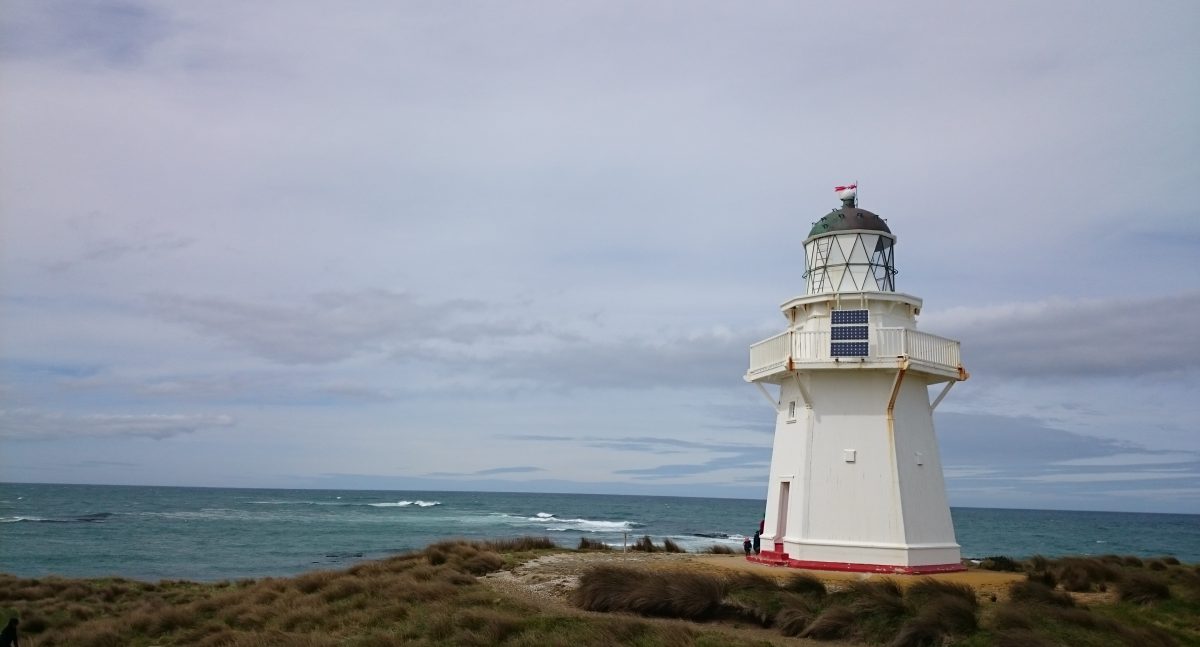Back in September 2012 a new Fresh Pure Artesian water fountain was opened in Lower Hutt. It is complements the original one located on the junction of Jackson Street and Buick Street in Petone.
In every way the design differs. Where the Petone Site has Sculptures to represent water vessels the one in Lower Hutt is minimalist in comparison.
It is located at The Dowse Square and is located of Laings Road, Lower Hutt.
A large concrete square is the main feature with the section running along the main road being planted within water, then on the opposite side are planted grass squares and trees.
On one of the 2 remaining sides is the Dowse Museum and the 4th side is the I-Site and a water sculpture.
There are 4 points of collection which are located either side of the path that enters from the main road.
It takes around a year to filter through the Hutt Valley aquifer, sourced from a bore to 40m underground.
Water from the Hutt River starts to flow underground around Taita Gorge. From Melling southwards, the water becomes naturally pressurised beneath a layer of hard clay. This pressurised zone, the Waiwhetu artesian aquifer, stretches as far south as the harbour. It is estimated to be up to 70 metres thick at its western edge against the Wellington fault line, and 20 metres thick at the eastern edge of the harbour. The pressure in the aquifer has resulted in several fresh water springs in the harbour floor. Water takes more than 12 months to pass through the aquifer to our wells and is naturally filtered while underground, making it free from disease causing micro-organisms.
james/wildbaynz/windy hill flying club











